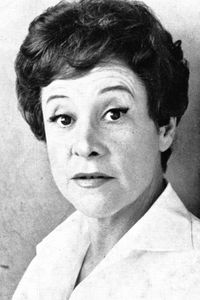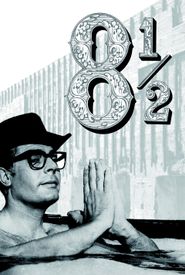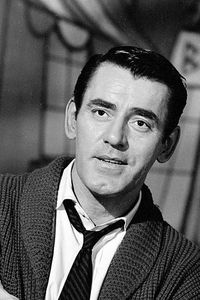Mathilda Loeser Calnan, the daughter of German Jewish parents Charles Alexander Loeser and Olga Loeser (née Kaufmann-Lebert),was an heiress to a vast fortune derived from the Frederick Loeser Co. Department Store of Brooklyn, New York, founded by her paternal grandfather.
Her father, a Harvard graduate, was an art collector of international stature and a wealthy American expatriate in Florence, Italy. The Loeser family, in fact, donated eight Cézanne paintings, part of a collection of 15 such paintings, to the U.S. government, to be hung in the White House's "Green Room".
First Lady Jacqueline Kennedy signed a thank you letter to Matilda (Mrs. Ronald) Calnan, dated May 2, 1961. The following month, Calnan's daughter, Philippa Calnan, responded to the First Lady's invitation and came, in her mother's place, to the White House to view the paintings in their new setting.
However, John Walker III, the chief curator of the National Gallery of Art, had surreptitiously diverted some or most of the artwork from the White House to boost the collection of the National Gallery of Art, of which he was curator.





























